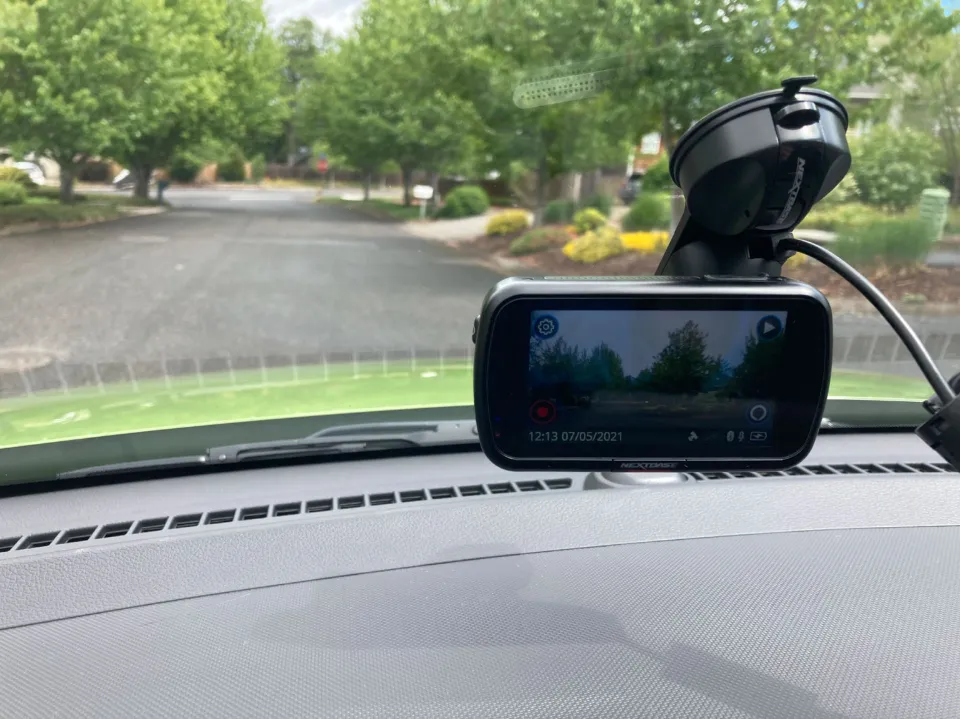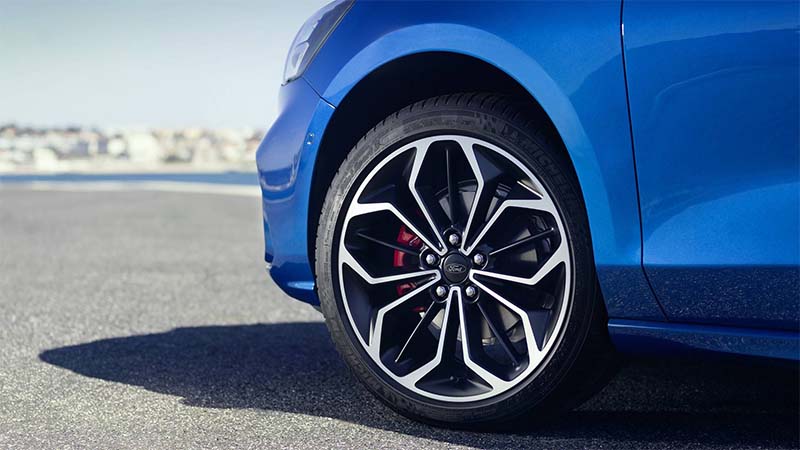Regular oil checks are crucial to keeping your engine in good shape and getting the most miles out of it. So, how to check your car’s oil? We will also show you how to change the engine oil.
Just prepare to check, locate the dipstick, pull the dipstick, note the oil level, wait, and re-check. Keep reading.
How to Check Your Car’s Oil?
Here are the details:
Prepare to Check
Make sure your car is level, has the parking brake engaged, the transmission in Park (or a lower gear if it’s a manual transmission), and the engine turned off. Consult your owner’s manual for instructions if you’re unsure how to raise the hood.
Under the left side of the instrument panel, most cars have a hood-release lever. Additionally, before you can raise the hood, you must unlock a safety catch under the front edge of the hood.
Locate the Dipstick
Open the hood and look for the dipstick, which will indicate whether your oil level is ideal or inadequate.
The dipstick is usually located near the engine and/or oil filter at the front top of the hood. Consult your owner’s manual, if necessary.
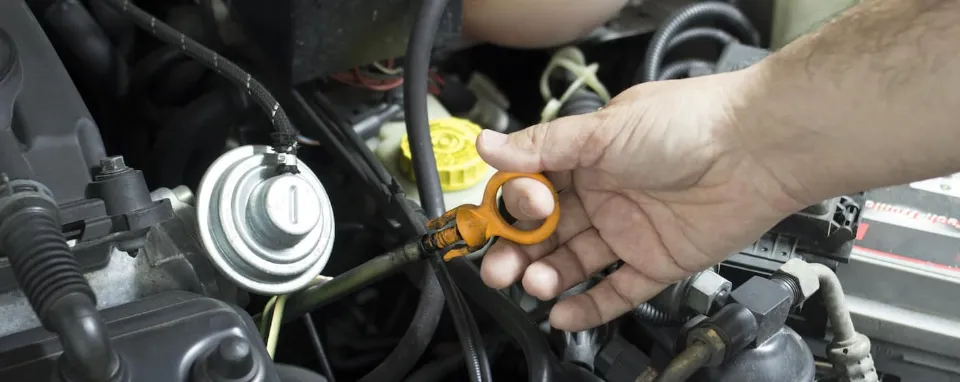
Pull the Dipstick
Pull the dipstick all the way out of the tube it is contained in. It’s like pulling a sword from a sheath. Prepare a rag or paper towel, and wipe any oil from the dipstick’s tip. One quart less oil is indicated by the lower of the two lines at the dipstick’s tip. The crankcase (also known as the car’s oil tank), is filled, as indicated by the upper line. Some dipsticks are also marked with words like “full” and “add.”
Note Oil Level
Slowly insert and fully push the dipstick into the tube. Now take it out and carefully inspect the tip; it should be covered in oil. Your car has enough oil if the level is between the two lines. It’s time to add a quart if it’s at or below the low mark.
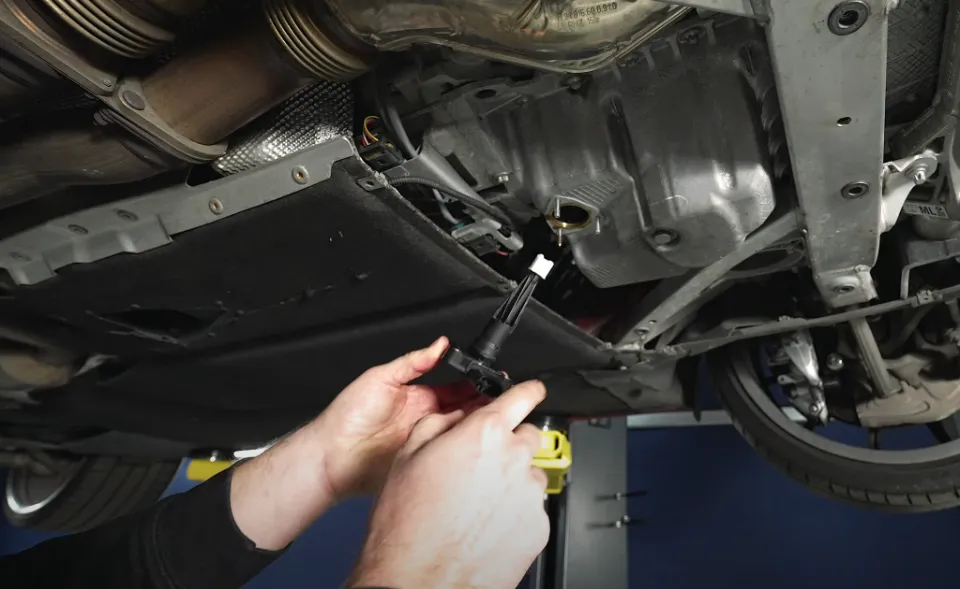
Wait and Re-check
After adding one quart of oil, wait a few minutes for it to drain into the crankcase before checking the level again to make sure it is at least halfway between the high and low marks. Your engine can run safely even if the oil level is below the high mark.
Change the Engine Oil
The monthly mileage is a major factor in determining how frequently the engine oil needs to be changed. Check the car manual for the recommended period between oil changes.
A socket wrench and an oil pan or other suitable container to catch the used oil are required for oil changes. The old oil will drain more quickly if the oil cap under the bonnet is removed.
The next step is to put the oil pan or container under the drainage plug below the engine. Reaching under the car will be required, but there should be enough space to do so safely.
Using the socket wrench, the drain plug is turned in an anti-clockwise direction until it is loose enough to remove. The plug can be changed once all of the old oil has been completely removed. New oil can be poured into the oil tank after the plug has been completely tightened. The process for topping up is the same as this.
Usually, the oil tank has a capacity of 4.5 to 5.5 litres. However, the new oil should be added a little at a time, and the level should be checked frequently using the dipstick, to prevent overfilling.
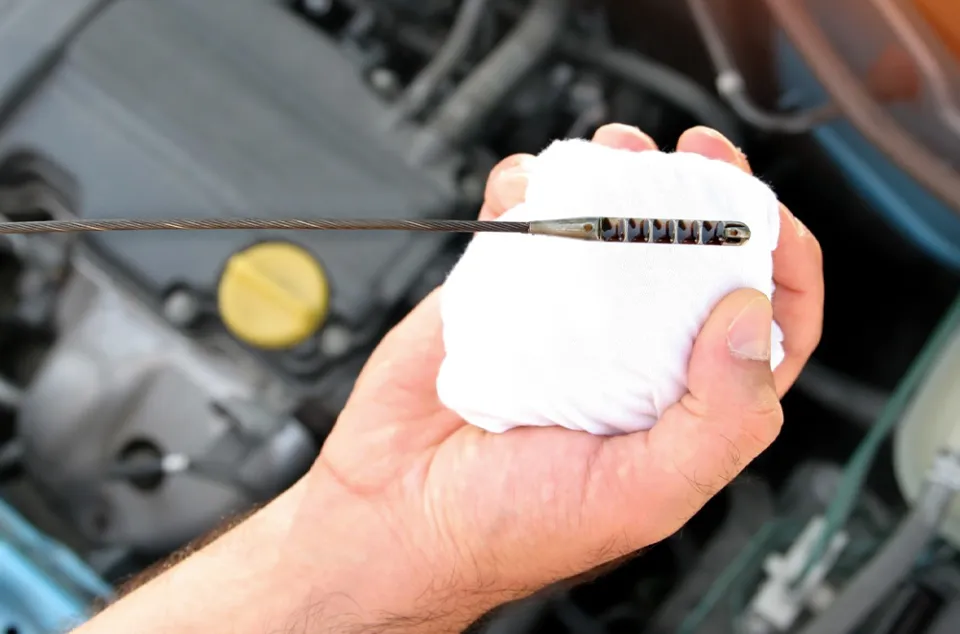
FAQs
Do You Check the Oil When the Engine is Hot Or Cold?
We recommend checking the oil level either before turning on the engine or 5 to 10 minutes after shutting down so you can have all the oil in the oil pan to get an accurate measurement.
Where Should Oil Level Be on Dipstick?
There will be two marks on the dipstick to show the optimum level that your oil should be at. You should have oil in your car at a level between the two. You should immediately top off your engine oil if it is below the bottom line or if there is no oil at all on the dipstick.
What Happens If You Overfill Oil?
Additionally, if there is too much oil in the engine, the crankshaft may experience increased pressure, which could lead to oil leaking into the combustion chamber through the crankshaft’s exhaust pipe and eventually clogging the engine’s hole. Wet spark plug; extra oil will also fill the spark plug well.
Does Oil Light Mean Low Oil?
What does the oil light mean when it illuminates? When the oil light on your dashboard comes on, it might mean your vehicle has low oil pressure. This decrease in oil pressure might indicate one of three things: that you need more oil, that your oil is dirty, or that you have an oil leak.
Summary: How to Check Your Car’s Oil?
Just prepare to check, locate the dipstick, pull the dipstick, note the oil level, wait, and re-check.
If you have any questions, please leave a comment. KV Auto tries to give you the best car industry information. Thank you for reading.


